Play at padel effectively is no small task. Learning to play on your own is great, but as you progress you will find that you will “stagnate”.
Adding technique to your game allows it to be more efficient, and helping your brain organize tasks is also part of the evolution. Julien Bondia in his weekly tutorials helps you understand some parts of the game, like today, early preparation.
Our brain is an extraordinary machine, capable of handling a large number of information at the same time. But we realize that if we reduce this number of information to be processed, it is able to perform even better the remaining tasks. It's up to us to enjoy it.
A mistake that beginners or even intermediate players too often realize is not having a precise order for making a shot at padel. For example, a ball will go in the direction of a player who will first think of running towards it and then hitting it as best he can.
What I propose here is to give your brain an order so that everything is clear to him when making a forehand. In this way it can handle other important information in the best way, such as the trajectory of the ball or the direction of your shot.
Remember that initially the recovery of downforce, this small jump which allows you to set up your stroke, allows you to access a forehand or a backhand with the same response time. It happens as soon as your opponents touch the ball.
I then propose to put the racket directly backwards, as soon as you know which shot you will have to play (forehand or backhand). Let's focus on the forehand at the back of the field. I suggest you place the pala as soon as possible to the rear, below the level of the belt. You quickly release this information from your brain that will then be able to focus on the rest of the game.
Here I present you my order of preparation. It's up to you to plan yours, which will always be used in the same way. Train your brain to perform the moves in that order, and you'll gain in efficiency, responsiveness.
1 - Resuming support when my opponents hit
2- Put the pala back and down right hand side as soon as I have the information (do not wait)
3 - Position yourself in relation to the ball and thinking of a playing area
4- Adjust the position of the pala. It can stay in the same position, pass over the belt in the case of an attack, or get closer to the ground for a complicated exit of glass. At the same time I have to think about the following scenario, stay at the bottom, come to the net, squeeze my opponents, take a position ...
5- Realize typing by applying my previous choice
It's up to you to put into practice this way of acting which makes it possible to treat less information at the same time. You relieve your brain and make it more efficient on every step.
It's your turn.
Julien Bondia is a teacher of padel in Tenerife (Spain). Columnist and advisor, he helps you play better through his tutorials and tactical/technical articles padel.




















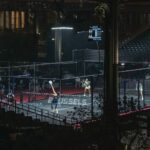















































































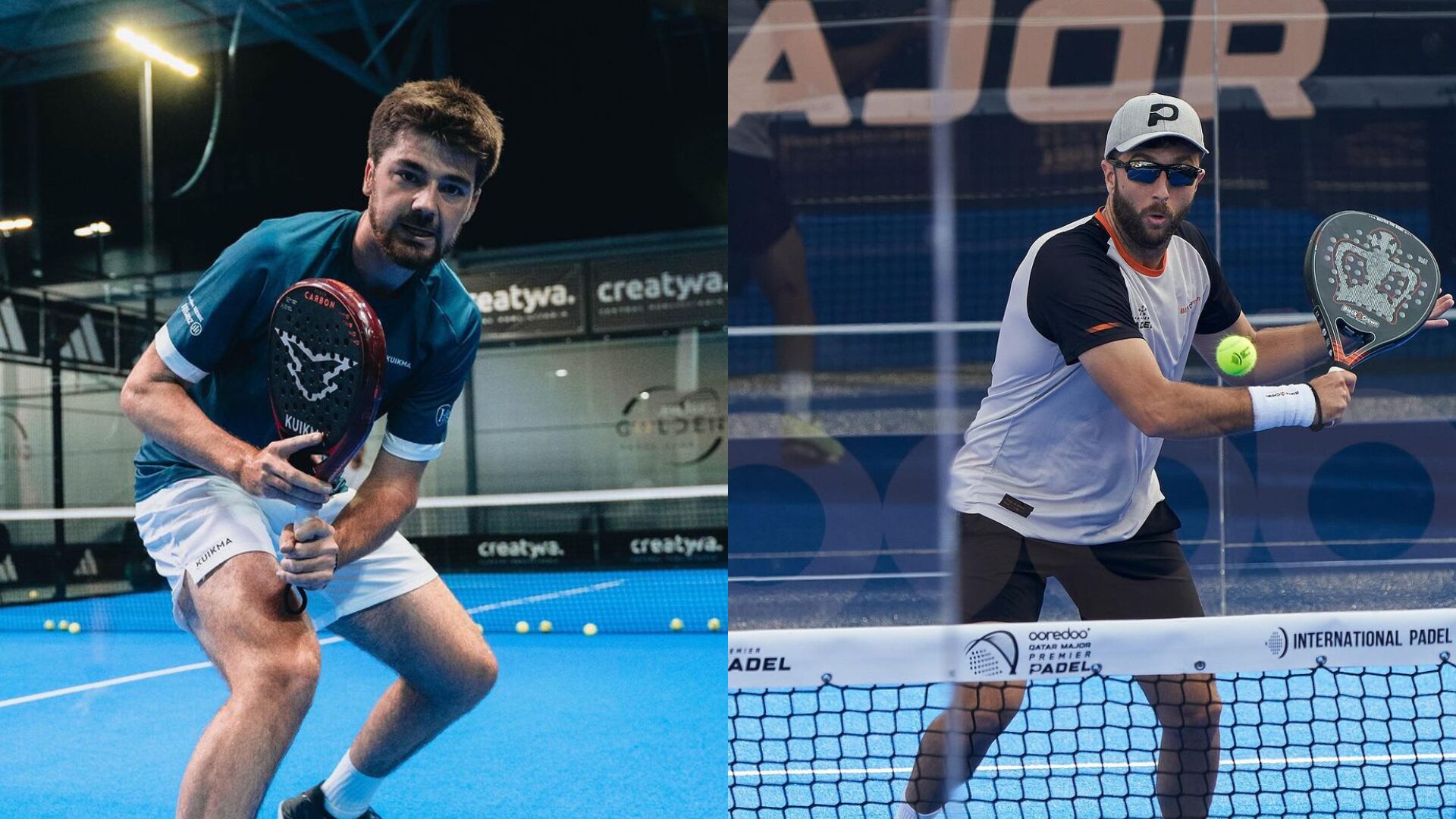 Premier Padel Sevilla P2 – From the waiting list to previas for Dylan Guichard and Ricardo Martinez!
Premier Padel Sevilla P2 – From the waiting list to previas for Dylan Guichard and Ricardo Martinez!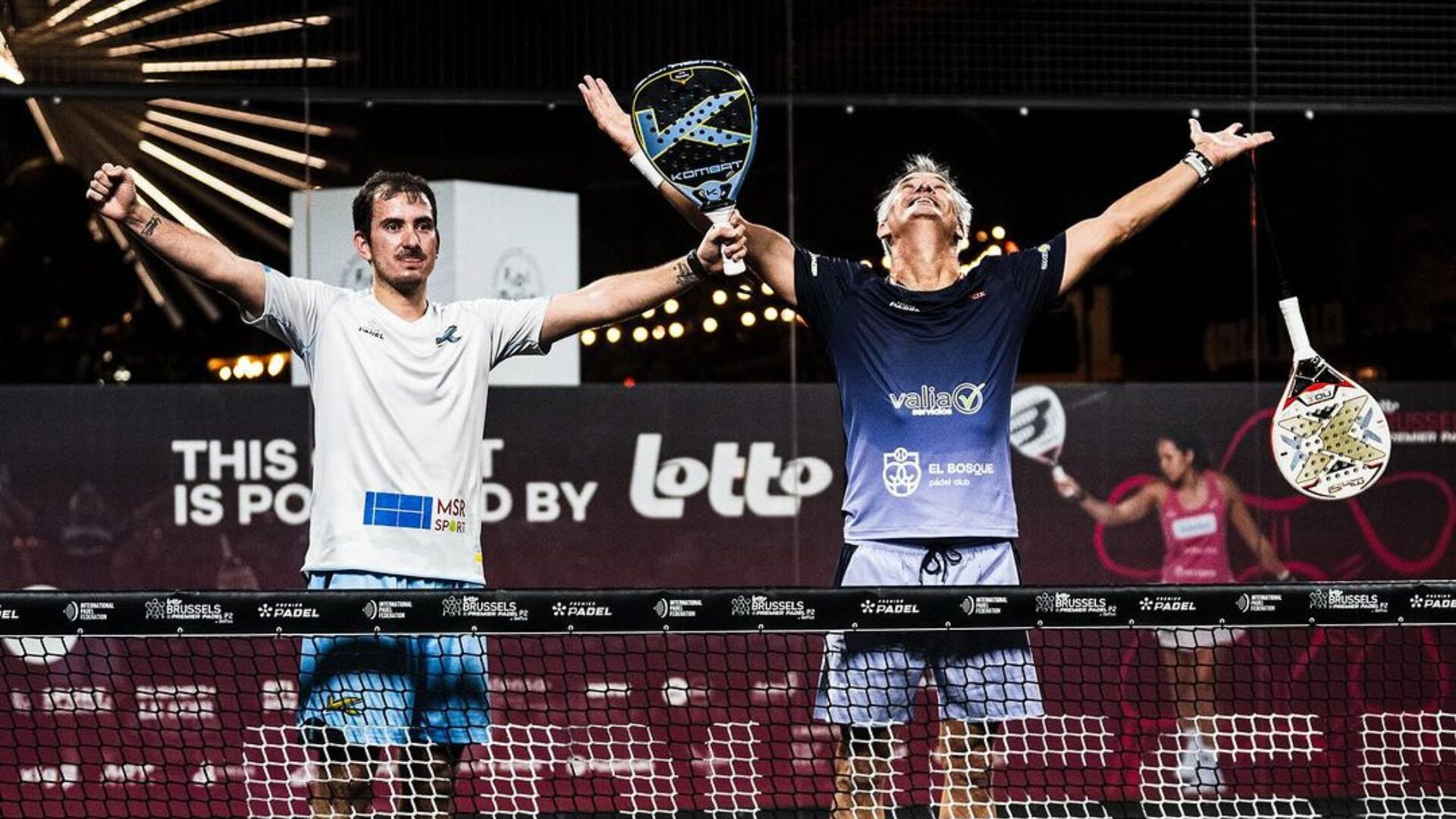 Miguel Lamperti: three tie-breaks and a return to the quarter-finals!
Miguel Lamperti: three tie-breaks and a return to the quarter-finals!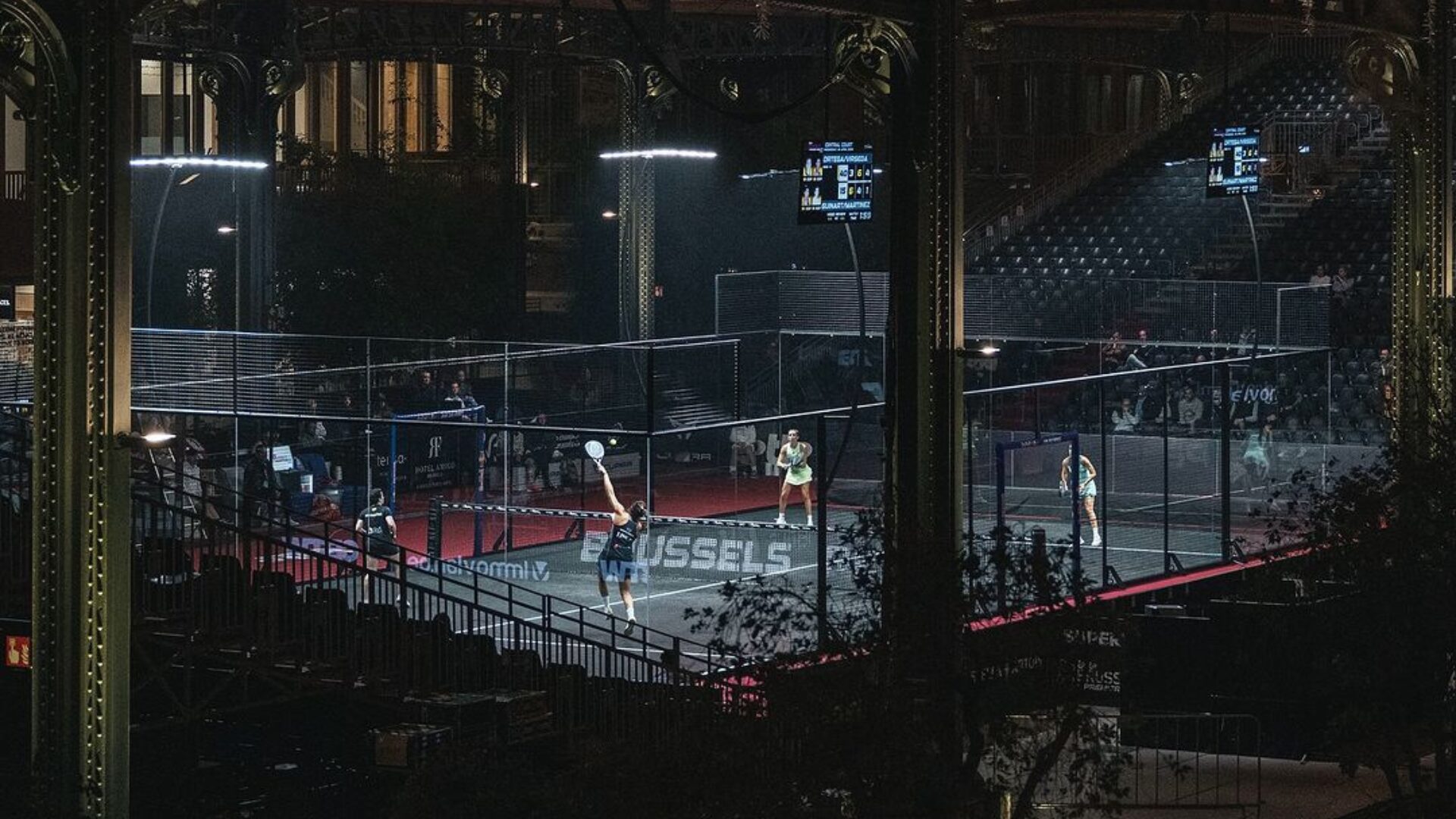 Premier Padel Brussels P2 – Place for the quarter-finals
Premier Padel Brussels P2 – Place for the quarter-finals Guillaume Codron de Sud Padel : “A family project”
Guillaume Codron de Sud Padel : “A family project” Nallé Grinda: “Democratize the padel in the USA with PadelX "
Nallé Grinda: “Democratize the padel in the USA with PadelX " Simon Boissé: “We know that there are two nations in front of us”
Simon Boissé: “We know that there are two nations in front of us” Marie Maligo: “This period of frequent changes of partners was beneficial for me”
Marie Maligo: “This period of frequent changes of partners was beneficial for me” Gilles Moretton: “We will be able to put the padel at the level of tennis”
Gilles Moretton: “We will be able to put the padel at the level of tennis” Two P1000 doubled prize money approaching!
Two P1000 doubled prize money approaching! José Manuel Escin at the inauguration of Casa Padel DOS: “Finally, and thank you!”
José Manuel Escin at the inauguration of Casa Padel DOS: “Finally, and thank you!”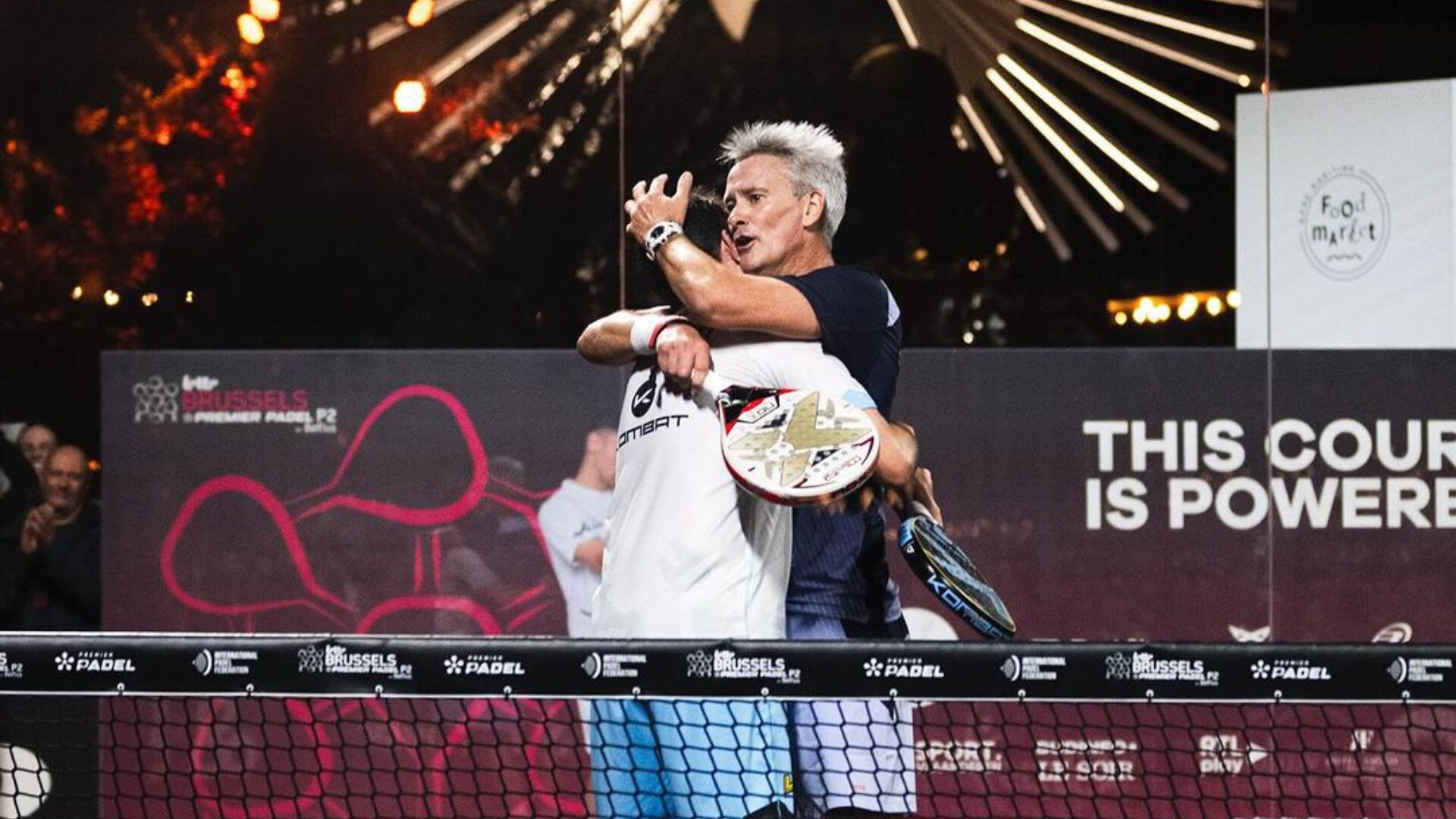 Big evening in Brussels with two seeded players on the mat, heckled number 1s…
Big evening in Brussels with two seeded players on the mat, heckled number 1s…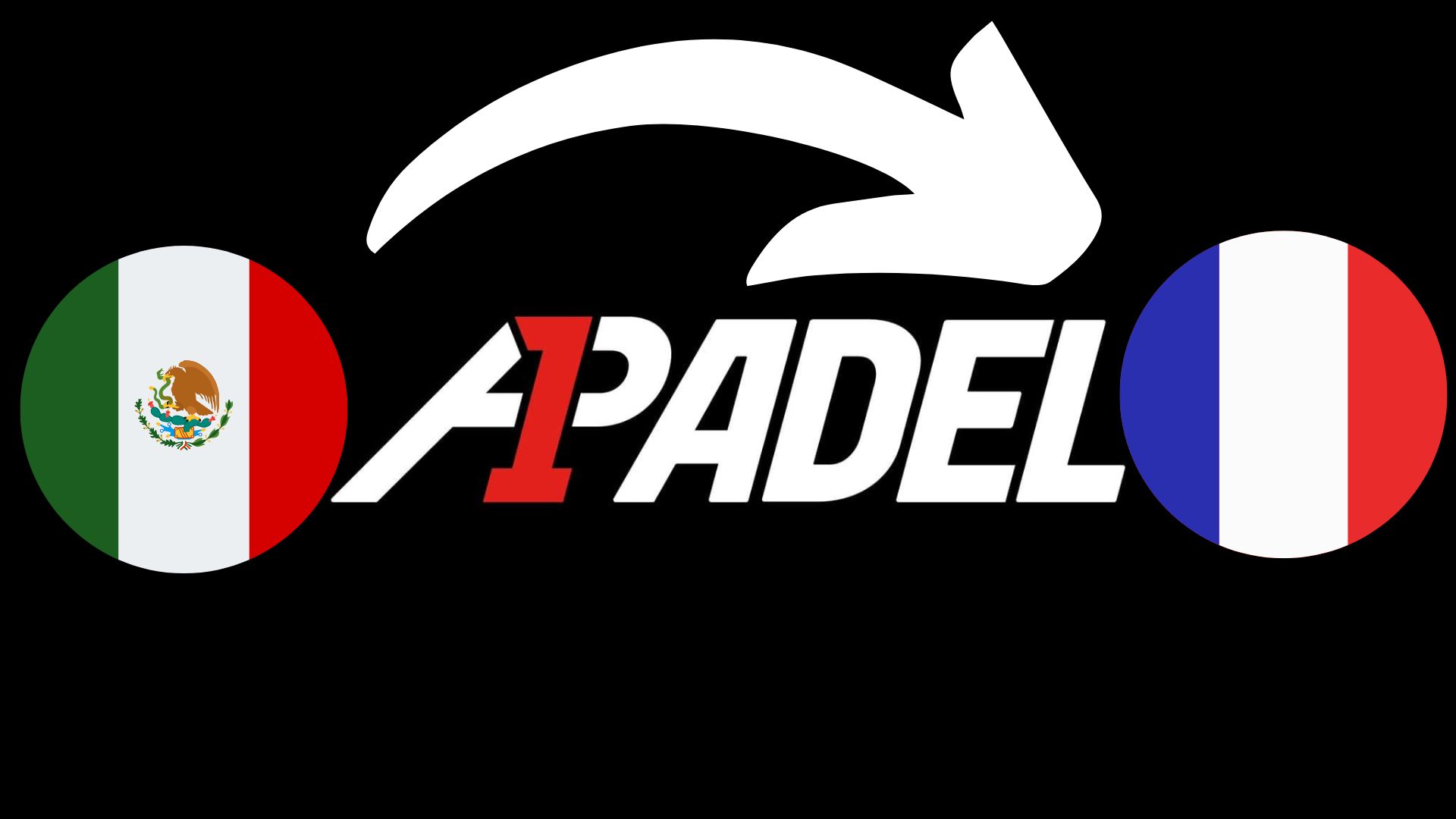 A1 Padel – the French Open replaces the Mexican Open on the calendar
A1 Padel – the French Open replaces the Mexican Open on the calendar 4 Fiberglass Padel Courts for The Ville de Paris: a choice that looks to the future
4 Fiberglass Padel Courts for The Ville de Paris: a choice that looks to the future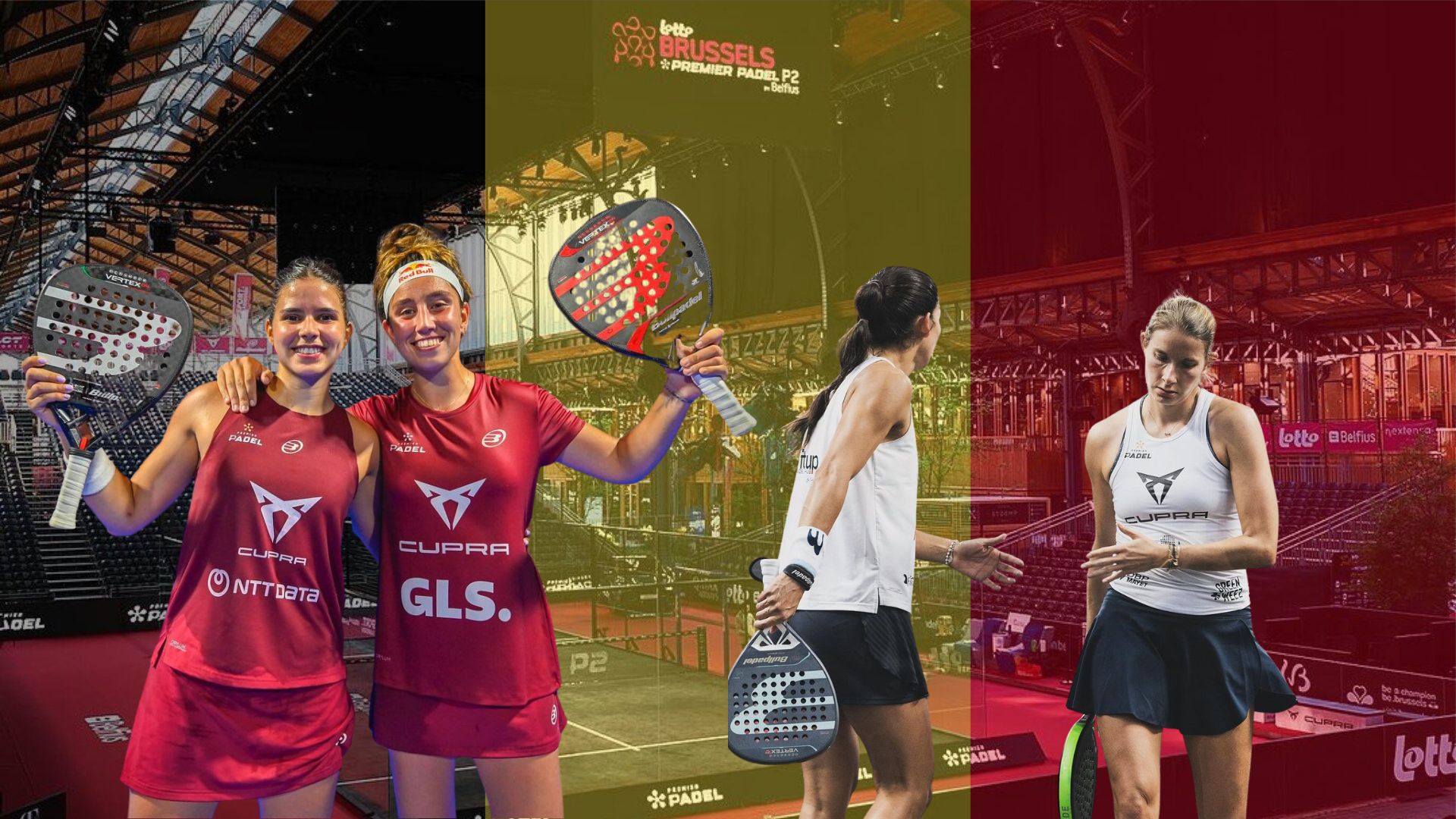 Brussels Premier Padel Brussels P2 – Collombon / Bidahorria falls against Brea / Gonzalez
Brussels Premier Padel Brussels P2 – Collombon / Bidahorria falls against Brea / Gonzalez Padel Score comes to Tahiti for American Express Padel Cup!
Padel Score comes to Tahiti for American Express Padel Cup! Do you know the Rafa Nadal Academy Tour?
Do you know the Rafa Nadal Academy Tour? Play at padel on his yacht? Possible for €233.000!
Play at padel on his yacht? Possible for €233.000! Our Top 10 training courses padel in France and Europe
Our Top 10 training courses padel in France and Europe At the heart of padel – Episode 25: Paul and Andoni answer your questions
At the heart of padel – Episode 25: Paul and Andoni answer your questions Tactical padel – What to do when faced with players who systematically stay at the bottom?
Tactical padel – What to do when faced with players who systematically stay at the bottom? The basic tactics of padel
The basic tactics of padel At the heart of padel – Episode 25: Paul and Andoni answer your questions
At the heart of padel – Episode 25: Paul and Andoni answer your questions At the heart of padel – Episode 23: defend the window well
At the heart of padel – Episode 23: defend the window well Prohibition on playing topless Padel : the reasons
Prohibition on playing topless Padel : the reasons FIP Tour – Going far from Europe, THE strategy to earn points!
FIP Tour – Going far from Europe, THE strategy to earn points! What is a good football player? padel ?
What is a good football player? padel ? “Lefties give me headaches when I play against them!”
“Lefties give me headaches when I play against them!” At the heart of padel – Episode 14: how to earn points in winter?
At the heart of padel – Episode 14: how to earn points in winter? A par 4 is always a winner...even if you manage to defend it!
A par 4 is always a winner...even if you manage to defend it! Carbon fiber VS fiberglass: what to choose?
Carbon fiber VS fiberglass: what to choose? How to effectively test a racket padel ?
How to effectively test a racket padel ? La padel to fight Parkinson's disease
La padel to fight Parkinson's disease Don't play with a cracked or broken racket, your body will thank you!
Don't play with a cracked or broken racket, your body will thank you! Michel Cymes: “The padel, physically, it’s serious!”
Michel Cymes: “The padel, physically, it’s serious!” Jeremy Gala: “Promote the padel among young people in Belgium remains a challenge”
Jeremy Gala: “Promote the padel among young people in Belgium remains a challenge” The French Touch Academy organizes its selection day Padel-Study
The French Touch Academy organizes its selection day Padel-Study Report on the detection and training of younger generations
Report on the detection and training of younger generations